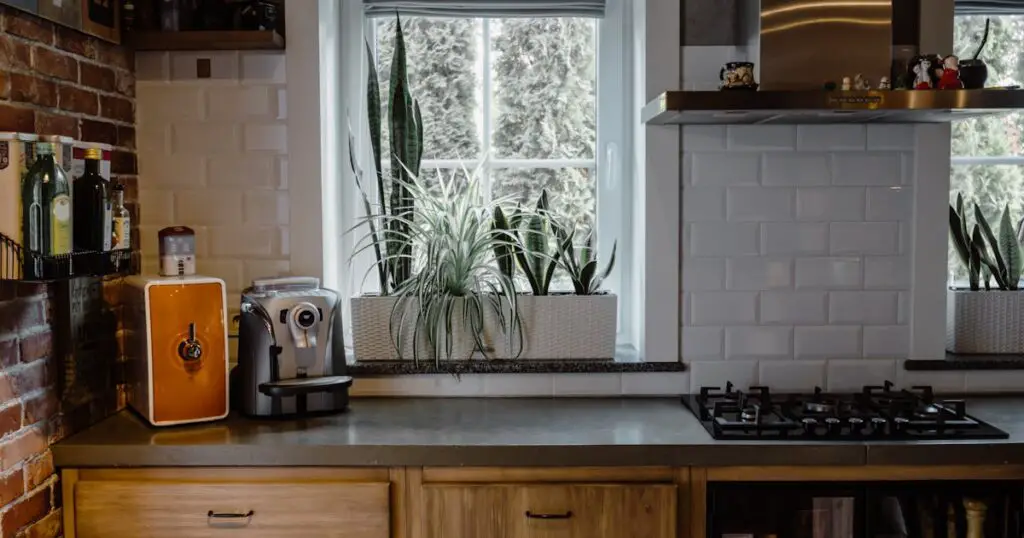Are you the type of person who loves to explore your local community and discover hidden gems? Do you have a passion for history, culture, and all things vintage? Are you always on the lookout for unique pieces to add to your home or wardrobe?
Then this guide is for you! In this article, we will explore how you can tell if the furniture is vintage, the importance of understanding its history and craftsmanship, and some tips on where to find authentic vintage pieces in your community.

Look for Dovetailing
One of the most reliable ways to determine if a piece of furniture is vintage is by examining its joints. Traditional woodworking techniques involve using dovetail joints, where the edges of two pieces of wood are cut to interlock with each other.
This approach was commonly used until the mid-1950s when industrialization led to mass-produced furniture with simpler joints. If you come across a piece of furniture with dovetailing, it is most likely from the late 1800s or early 1900s and has a higher chance of being authentic.
Multiple Types of Wood is a Good Thing
Another telltale sign of vintage furniture is the use of multiple types of wood. Before modern manufacturing techniques, furniture was made with whatever materials were readily available. As a result, you will often find that vintage pieces are made with a combination of different woods.

This could include oak, mahogany, walnut, and even fruitwoods like cherry or apple. The use of multiple wood types not only adds to the aesthetic value but also indicates that the furniture was handcrafted with care and attention to detail.
Beware of Furniture That’s Made to Look Old
In recent years, there has been a rise in the popularity of vintage-style furniture. While these pieces may look old and worn, they are actually brand new and made to imitate the vintage aesthetic. This can make it challenging to determine if a piece is truly vintage or not.
One way to avoid getting duped is by doing thorough research on the manufacturer or seller. If they specialize in vintage-style furniture, then chances are the piece you’re looking at is not authentic.
Do a Thorough Search for Labels or Stamps
One of the best ways to confirm if furniture is vintage is by finding labels or stamps on the piece. These often contain information about the manufacturer, date of production, and materials used.
However, it’s important to note that not all vintage pieces will have labels or stamps, and some may have been removed over time. If you do find a label or stamp, be sure to research the information provided to verify its authenticity.

FAQs
In this section, we will be delving into some of the most common inquiries and curiosities that surround our topic.
Can furniture from the 1950s be considered vintage?
Yes, technically, any item that is over 20 years old can be considered vintage. However, some collectors and experts may have stricter guidelines for what they consider vintage.
Are there any exceptions to the dovetailing rule?
Yes, some modern furniture makers may still use dovetail joints as a sign of quality craftsmanship. It’s always best to do further research and consult with experts when in doubt.
Where can I find authentic vintage furniture in my community?
Flea markets, antique shops, and estate sales are great places to start. You can also join online groups or forums dedicated to vintage furniture enthusiasts in your area.
Is it possible for a vintage piece to be restored or repaired without losing its value?
Yes, as long as the restoration is done professionally and with respect to the original craftsmanship. However, it’s essential to note that some collectors may prefer furniture in its original condition.
Conclusion: How To Tell If Furniture Is Vintage?
Being able to identify vintage furniture is not only a valuable skill for collectors but also a way to appreciate the history and craftsmanship of these unique pieces. Remember to look for dovetailing, multiple types of wood, and labels or stamps when determining if the furniture is truly vintage.
And most importantly, have fun exploring your local community and finding hidden treasures that tell a story from the past.



Leave a Comment
You must be logged in to post a comment.